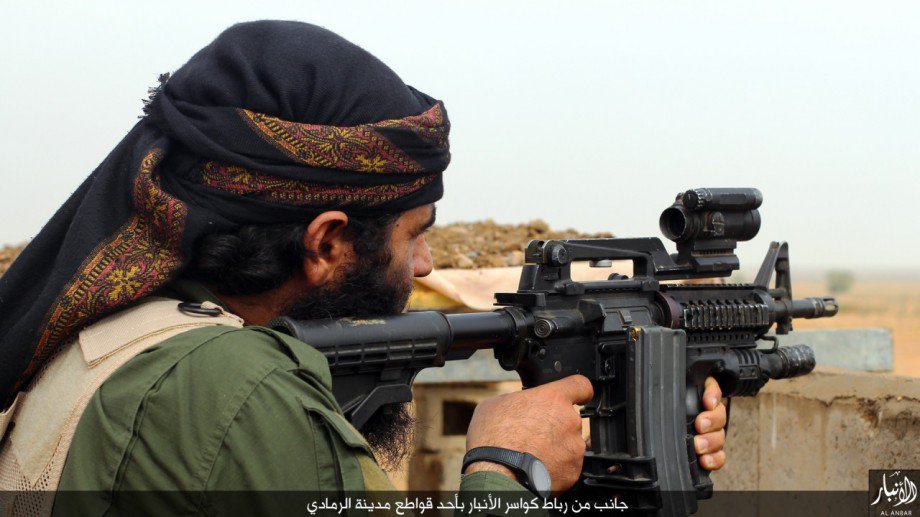So why Russia still choose the 30mm cannon for Mi-28 and Ka-52 ? These ones deal with something tougher ?
If you look at the gun history of the Hind it pretty much explains it to a point.
The Hind started with a 4 barrel 12.7mm HMG in its nose that was very effective and accurate but lacked range when the enemy was firing back with the same calibre HMGs.
The solution was cannon but their first attempt with a 30mm cannon in a chin turret failed because of excessive recoil so they put a twin barrel 30mm cannon attached to the fuselage. This was also very powerful.... just look at the left vid in Werewolfs signature to see how the nose drops as the gun is fired and the size of the muzzle flash despite fairly substantial flash hiders on the gun muzzles.
The second attempt involved a chin turret with a much less powerful 23mm twin barrel cannon with a much smaller propellent case but with a fairly heavy projectile (good for HE payload).
The thing is that the twin 23mm gun solution was not perfected till well after the Ka-50 and Mi-28 prototypes had already been produced... though none of these guns are new... the twin barrel 30mm cannon is a longer version of that fitted to the Su-25 while the twin 23mm cannon is widely used on the MiG-21, -23, Il-76 rear guns, etc etc.
Basically the twin 23mm gun swapped muzzle velocity for rate of fire and in doing so became a devastating air to air and air to ground weapon. Muzzle velocity is only 700m/s, but the recoil is greatly reduced and much more ammo can be carried for the same space.
Against a fast moving target high velocity ammo is not so important as most people seem to think... to penetrate armour velocity is important, but against fast moving targets the choice of a hunter is usually a shotgun which has subsonic pellets in a cluster that allows for the evasive manouvers of the target.
GSh-23L was unfavored because they wanted the 30x165mm calibre on it and during that time there was only one cannon that could be considered 2A42, while GSh-30-1 and 2A72 were not considered due longer barrel or due design like on GSh-30-1 which was designed specifically for jets and to many modifications would be needed to make it useful on Kamov or Mil helicopters.
The 2A42 is a standard Army cannon... its only problem was it tended to pump fumes in the crew compartment of BMP-2s when used... the 2A72 was the solution to that problem... it had a longer recoil path and lower rate of fire which largely eliminated the problem in the BMP-3. The GSH-301 is just too light and not capable of regular long burst use... though it is an excellent cannon.
Unfortunatley it is not negligible.
Watch the BMPT gun engagement video. You will spot that the guns are shaking horizontally not vertically like most guns do when there is barrel flexing. That barrel flexing is to blame on the design of directing gases against each other. Making them both diagonal in same direction would decrease that barrel flexing significantly and increase accuracy to what it should be
If it was that big a problem rotating the muzzle brakes 45 degrees could be done with a spanner...









